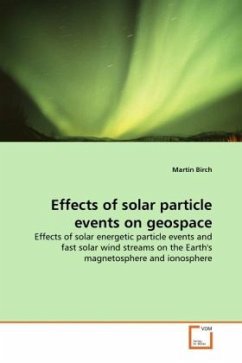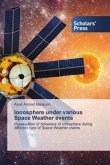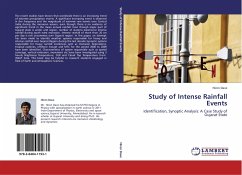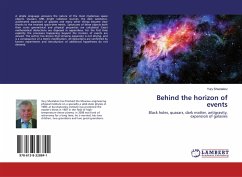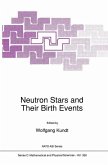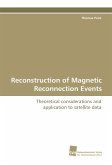The Earth receives all of its external energy input from the Sun (neglecting galactic sources). This consists of both particles of various energies and electromagnetic radiation of various wavelengths. The particles emitted from the Sun become part of the solar wind, from which the interplanetary magnetic eld originates. These particles transport magnetic, thermal, and kinetic energy from the Sun to the Earth. The solar wind has two modes: slow (typical speed 400 km/s), and fast (typical speed 800 km/s). Particles of various energies are released and accelerated into the heliosphere during (i) sporadic events involving both ares and coronal mass ejections, and (ii) recurrent events driven by co-rotating interaction regions associated with fast solar wind streams from trans-equatorial coronal holes. A small proportion of these particles, of which protons are by far the most signi cant for our purposes, deposit their magnetic and kinetic energy within geospace (de ned herein as that which is within the magnetopause'). This thesis investigates the effects of these sporadic and recurrent events on geospace.
Bitte wählen Sie Ihr Anliegen aus.
Rechnungen
Retourenschein anfordern
Bestellstatus
Storno

